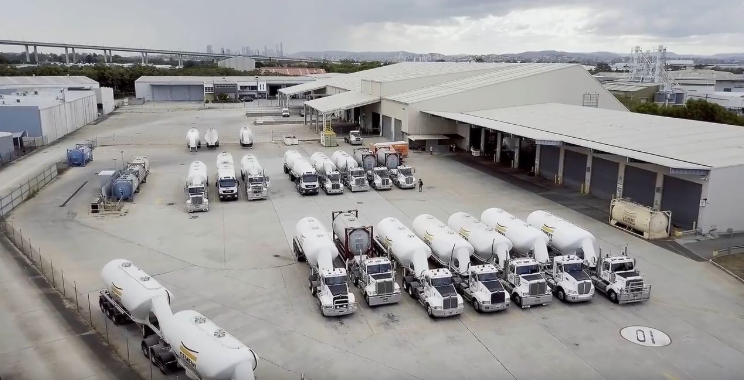
Refrigerants are the special gases used in systems like air conditioners, fridges, and heat pumps to keep things cool. These gases play a big role in keeping our homes and workplaces comfortable, and in storing food and medicine safely. But what happens to these refrigerants when the equipment that holds them gets old or breaks?
In Australia, this problem is being handled in a very smart and safe way, thanks to an organisation called Refrigerant Reclaim Australia (RRA). RRA is responsible for collecting old and used refrigerants from all across the country. Whether the refrigerant is stored in large tanks or small bottles, and whether those containers are new or very old, RRA works hard to make sure nothing goes to waste and nothing harmful gets into the air.
Once collected, the used refrigerants are sent to a special site located in Gladstone, Queensland. This site is run by Cement Australia and is home to a cement kiln, which is like a giant oven that gets extremely hot—up to 1,400 degrees Celsius. This is where the refrigerants are safely destroyed.
Here’s how the process works:
-
First, the refrigerant is turned into a vapor.
-
This vapor is then injected into the hottest part of the cement kiln, which is hotter than almost any other place used to destroy chemicals.
-
At such high temperatures, the refrigerant gases are broken down into simple, harmless parts.
-
Any dangerous leftovers are caught and neutralised by the materials already inside the kiln, such as lime.
RRA and Cement Australia work closely together to make this process possible. Their efforts mean that Australia has a proper system in place to deal with refrigerants at the end of their life. This helps protect the environment from dangerous emissions that could make climate change worse.
So, the next time an air conditioner or fridge needs to be replaced, it’s important to know that the gas inside it won’t be forgotten. It will be collected, taken care of, and destroyed in a way that helps our planet, thanks to the work of organisations like RRA and Cement Australia.
This information and image were sourced from Sandra Rossi from the Climate Control News Page and Cement Australia, and was edited prior to publication.
For more info, click here



